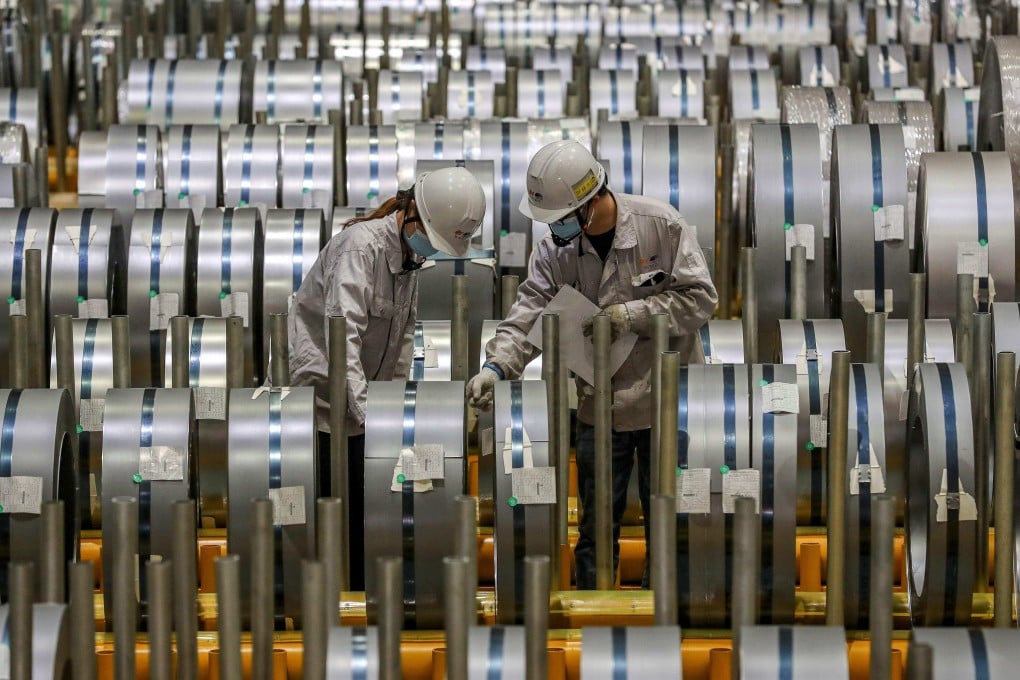Macroscope | How the politics of China-centred supply chains is weighing on global economic recovery
- Prices are rising as stimulus-fuelled consumer demand runs up against supply chain constraints
- While inflation sceptics expect the problem to go away as supply systems reopen, there are signs that all is not well on the global factory floor

The risk of inflation is more broad-based than many people seem to realise and, once this realisation sets in, there is a danger of an already-tentative global economic recovery unravelling. As has been the case with many past market crashes and economic recessions, complacency comes before a fall.
Working from home may have revolutionised certain aspects of human activity – notably in service industries – but it is difficult to do metal machining, lathe turning or foundry casting in your living room.
Manufacturing supply chains were thus heavily interrupted as lockdowns proliferated during the repeated peaks of the Covid-19 pandemic, especially in the emerging economies that form a crucial part of the global supply network nowadays.
But now supply systems are reopening, albeit slowly in places, all will be well, some suppose. There will be delays and shortages for a while, causing prices to rise as growing consumer demand runs up against supply constraints. But this will sort itself out.

